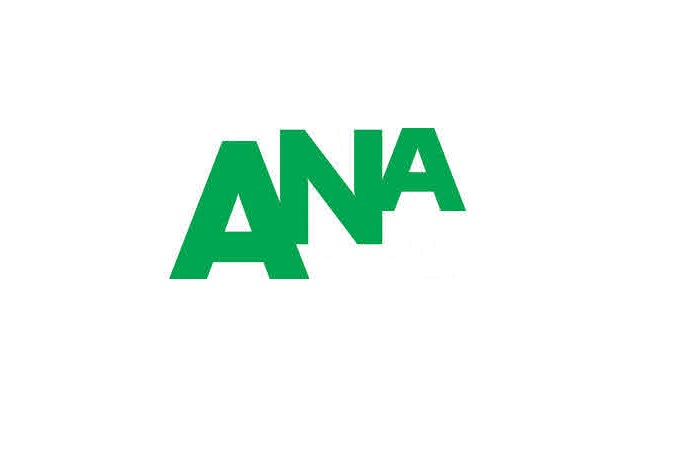Sustainability Should Be Reason Enough to Reconsider Programmatic Media

Don’t assume that the Association of National Advertisers' (ANA) First Look report into the initial results of its Programmatic Media Supply Chain Transparency Study is just another waterfall study that says advertisers don't know where all their money is going in the programmatic ecosystem and that it confirms marketers continue to waste billions in the programmatic supply chain. Spoiler alert: It does say that, but there is so much more!
A key objective of the ANA’s study was to help marketers drive business and brand growth by eliminating "wasteful and unproductive spending." It's a simple objective which in theory should be easy to achieve, if only marketers had access to the right information. However, as with prior studies, the "information asymmetry" in the programmatic space makes it challenging for marketers to understand and obtain information about price, quality (including whether content is brand safe, and ads are viewable and fraud free) and audiences needed to make informed decisions about their media.
The barriers to transparency in the programmatic supply chain can be exhausting and time consuming. Case in point -- out of the 67 ANA member companies that volunteered to participate in the study, only 21 were able to get through the legal and other hurdles to get access to their own log file data from their DSPs, SSPs and ad verification vendors. These barriers are not new and were also found in prior programmatic studies, yet they still exist despite years of industry recommendations for advertisers to take a more active role in their media investments and to obtain access to log file and other supply chain data through direct contracts with the supply chain or through their agency agreements.
The study also found that advertisers are too focused on driving costs down versus incentivizing value. Agency performance payments are often tied to savings they generate for the advertiser, which can lead to value being overlooked and lost. Further, because it can be difficult to measure ROI on a campaign, marketers may be hesitant to focus on effectiveness over cost. But not all inventory is created equal. The study recommends that advertisers balance the desire of low-cost inventory with ad quality (i.e., viewable, fraud free and brand safe).
As if having more effective and efficient marketing that is seen by actual humans is not enough of an incentive for the industry to make changes, then perhaps the ANA's recommendation for advertisers to be aware of the sustainability impact of their programmatic supply chain should be reason enough for serious change.
The report found that on average, the participating advertisers were advertising on over 44,000 websites. This "deeply concerning" number of sites is neither a new revelation nor a sensible investment. The study, however, shows that advertisers may be ignoring the sustainability impacts. Every impression and ad call in the supply chain creates carbon emissions. The longer the supply chain, i.e., more websites used, the higher the emissions. As if that was not bad enough, some of those websites, including Made for Advertising websites, are higher in emissions than others. The report urges advertisers and their media buying partners to focus on sustainability by streamlining the number of websites on which ads appear by using inclusion lists instead of exclusion lists and consider supporting options like Ad Net Zero, the advertising industry’s drive to reduce the carbon impact of developing, producing and running advertising.
As outside legal counsel to the ANA, together with my colleagues Nick Swimer and Douglas Wood, I had the privilege of being part of this study as well as prior industry studies on programmatic, but the sustainability piece is particularly notable to me. All the recommendations in the study could easily be connected to a brand and agency KPI focused on improving sustainability. If sustainability is important to advertisers, they need to accept that it’s not just about wasting dollars, or the value received and quality of the inventory they buy. It’s also about the environmental impact created by questionable spending.
The study shows that marketers need to work with their agencies and supply chain partners and adopt industry controls that not only ensure a provable ROI, but also help save the planet.
You can check out the full study and recommendations here.
This column was written by Keri Bruce, a Partner at Reed Smith LLP, the ANA's General Counsel.
Posted at MediaVillage through theThought Leadershipself-publishing platform.
Click the social buttons to share this content with your friends and colleagues.
The opinions and points of view expressed in this content are exclusively the views of the author and/or subject(s) and do not necessarily represent the views of MediaVillage.org/MyersBizNet, Inc. management or associated writers.

